YWAS: YOUNG WOMAN ARTISTS
ON VIEW JUNE 27–AUGUST 24, 2014
The name Young Woman Artists (YWAs) is inspired by another group of young artists, the Young British Artists (YBAs) who rose to prominence in the 1990s and were, like most co-ed art movements, a bit of a sausage fest.
By intentional contrast, Our YWAs exhibition was inspired by recent events in the art world and our American culture at large; women's health issues were inciting fierce debate in state houses and the white house, public opinion about the gender pay gap was flooding my news feed, and most specifically, I was troubled by a nagging sensation that whenever I saw art shows locally that the majority of work I encountered (especially in solo exhibitions) was made by cisgender male artists, and most of the outgoing artists submitting work to Wonder Fair were men. I looked inward and outward to consider how pernicious this trend might be on my own turf and in our local culture. In conversation with my friend and fellow feminist Art Historian Paula Rose, I learned that a similar tallying project was already underway in LA, and was spreading fast (and girl, was it awesome).
Like Gallery Tally artist Micol Hebron and the Guerrilla Girls before her, we feel it doesn't make much sense for successful artists to overwhelmingly be cisgender males; over time, we hope to not only address this gender gap issue by exhibiting more women artists, more thoughtfully in our own gallery, but we'll also look carefully at the recent history of other local galleries to determine if the KC metro area's creative gender gap is as wide as it appears to be elsewhere in America.
Our initial goal is modest; to mount an exhibition of exceptional woman artists whose talents dwarf their exposure in the local art scene. Eventually, however, we hope to publish the results of our KC/Lawrence gender gap survey along with related original essays both online and in print, in a catalog that will commemorate the first YWAs exhibition. Our online catalog, we hope, will become a resource for women artists and scholars of feminist art history interested in connecting, sharing influence, and increasing opportunities for all artists and arts organizers.

